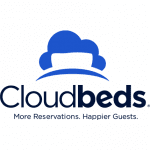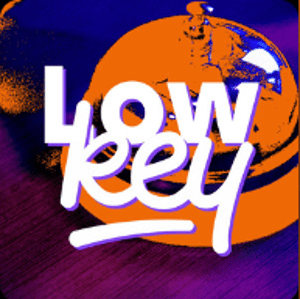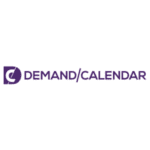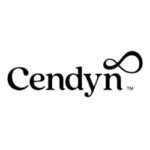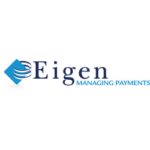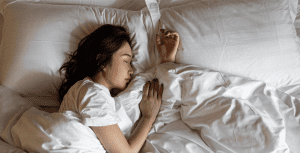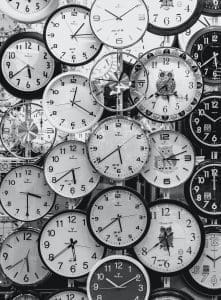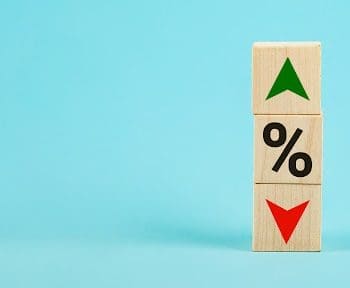 Operating a hotel business means evaluating a lot of numbers, from occupancy to revenue, costs, and more. Identifying metrics and key performance indicators (KPIs) is essential to running a successful operation.
Operating a hotel business means evaluating a lot of numbers, from occupancy to revenue, costs, and more. Identifying metrics and key performance indicators (KPIs) is essential to running a successful operation.
Read on to learn about the top 10 hotel metrics you should consider measuring at your property, how to calculate each value, and things you can do to improve performance.
What are hotel metrics?
Hotel metrics are used across departments to determine a hotel’s overall performance. These metrics are often consolidated into specific goals or KPIs, used to evaluate a hotel’s progress towards achieving a core business objective. For example, a hotel may have a KPI of increasing their Tripadvisor rating to 4.5 over six months. To achieve this KPI, the hotel will have to measure individual metrics such as ratings for service, rooms, value, and cleanliness, which all feed into the larger goal.
Top 10 Hotel Metrics to Track
1. Revenue Per Available Room (RevPar)
Revenue per available room (RevPAR) is the average revenue generated per available room in a hotel. It considers a combination of occupancy, rate, and revenue for all available rooms within a property. It can be measured daily, monthly, or yearly and considers both unoccupied and sold rooms.
To calculate the RevPar, divide the hotel’s total room revenue on that night by the total number of rooms available to sell – whether or not they were sold.
How to improve RevPar
RevPar helps hotels determine how successful they have been in balancing rates and bookings to drive the most hotel revenue. To improve your RevPar, you must increase occupancy, rate, or both. Consider implementing a dynamic pricing strategy, increasing rates during high demand and reducing rates during lower demand. In addition, you should be monitoring your competitors’ rates and positioning your rate plans strategically to attract more bookings.
2. Average Daily Rate (ADR)
A hotel’s average daily rate (ADR) is the average price guests pay for a room. It can be measured daily, monthly, or yearly and does not consider complimentary rooms or rooms occupied by employees.
To calculate the ADR, divide the room revenue by the number of rooms sold that day.
How to improve ADR
A hotel’s ADR indicates the prices that guests are willing to pay for a room on average; the more guests pay, the more potential profit for your hotel. You will have to charge more for your rooms to improve your ADR. Try charging premiums for your best rooms or offer packages that bundle rooms with other services such as breakfast, a welcome bottle of wine, or a local activity.
3. Occupancy Rate
The occupancy rate is the number of rooms occupied by guests. Many hotels strive for 100% occupancy; however, sometimes, it can be more profitable to sacrifice a few bookings for a higher average rate. Over time, your occupancy rate will show patterns that can be used to help guide operational planning and sales, marketing, and revenue management strategies.
To calculate the occupancy rate, divide the number of rooms occupied that night by the total number of rooms in the hotel. Take this number and multiply by 100 to get a percentage.
How to improve occupancy rates
A hotel’s occupancy rate indicates how successful it is at attracting bookings. To improve your rate, you will need to sell more rooms. Try sending an email to previous guests with enticing offers, or contact your OTA market manager to inquire about participating in a promotion to increase visibility and drive more bookings.
4. Gross Operating Profit (GOP)
Gross operating profit (GOP) provides a holistic view of a hotel’s performance as it takes into account all revenue streams and the costs of doing business in all departments, not just rooms. While it’s a strong indicator of how profitable a property is, it doesn’t take into account non-operating expenses such as taxes, which are required to measure net profit.
To calculate GOP in a given month, add up the total revenue and deduct total operating expenses.
How to improve GOP
A hotel’s GOP shows whether a property is earning more revenue than spending or vice versa. To improve your profit margins, you will have to reduce expenditures or increase revenue. Try looking into areas of your hotel where you could cut expenses, for example, installing soap dispensers in guest rooms instead of bottles of shampoo or cross-train employees to work in different departments.
5. Gross Operating Profit per Available Room (GOPPAR)
Gross operating profit per available room (GOPPAR) is a helpful metric for hotels that operate other revenue-generating outlets such as restaurants or bars. It measures how well you manage the combination of pricing, bookings, additional revenue, and costs to achieve the highest potential profits for each room on your property.
To calculate GOPPAR, take the monthly gross operating profit and divide it by the total number of rooms available.
How to improve GOPPAR
A hotel’s GOPPAR provides an indication of average performance by room and shows the effectiveness of a hotel as a whole. Your GOPPAR can help you analyze operations better and implement effective growth strategies. To improve your GOPPAR, you will have to look into other hotel metrics and adjust accordingly.
6. Market Penetration Index (MPI)
The market penetration Index (MPI) measures your hotel’s market share of occupancy relative to competitors. An MPI lower than 100 means that you received less than your fair share of bookings, and an MPI above 100 means that you received more than your fair share of bookings. While you may think you’re performing well, your MPI will indicate whether your competitors attract more bookings.
To calculate MPI, divide the occupancy rate for that month by its competitive set’s aggregated occupancy rate and multiply by 100. Since competitor performance data isn’t typically publicly available, you will need to subscribe to a data service like dSTAR or Market Minder.
How to improve MPI
MPI is crucial as it allows properties to benchmark their occupancy rate against competitors. If you are performing behind your competitors, you will need to increase your bookings. Try re-evaluating your hotel marketing, pricing revenue, and online reputation strategies.
7. Average length of stay (ALOS)
A hotel’s average length of stay (ALOS) is the number of nights a guest stays on average over a given period. In general, shorter stays are less profitable due to the higher costs of acquiring bookings and servicing rooms; therefore, increasing the length of stay means lower costs per room occupied.
To calculate ALOS for a given month, you can divide the total occupied room nights by the total number of bookings.
How to improve ALOS
ALOS is important as it tells you how many nights your guests tend to stay on average. To increase the average length of stay, try implementing incentives for guests to stay longer. This could include special services and amenities to attract long-stay guests, such as fully equipped kitchens or workspaces. Additionally, you could implement minimum length of stay requirements.
8. Revenue Generation Index (RGI)
The revenue generation index (RGI) is a benchmarking metric that measures your hotel business performance and occupancy rate with your competitors. It helps properties better understand the revenue share they are receiving compared to their hotel compset.
To calculate the RGI, take your RevPar divided by your competitor’s RevPar. Ensure that the compset you’re comparing yourself to has the exact location, size, ratings, target market, and amenities to get the most accurate metric.
How to improve RGI
Knowing how you compare to your competitors will help you make your property and offers more attractive to guests. To improve your RGI, you will have to increase your revenue share – try implementing measures such as increased advertising, new partnerships, and a dynamic pricing strategy to better align with competitors.
9. Total Revenue per Available Room (TrevPAR)
Total revenue per available room (TrevPAR) identifies underperforming and outperforming sources of revenue and discloses revenue opportunities. It helps hotels see the overall revenue sources of their operation. It differs from RevPAR as it looks at all other sources of revenue such as food and beverage, spa, and events.
To calculate, you will need to divide the total revenue by the total available rooms. Remember that this doesn’t take into account occupancy or costs.
How to improve TrevPAR
Your TrevPAR will disclose what sources of revenue are benefiting your property the most. Therefore, you should use the information from this calculation to make more strategic decisions about your sales mix. Invest in sales sources that contribute positively, and consider eliminating those that underperform.
10. Average Room Rate (ARR)
The average room rate (ARR) allows you to calculate your rates over an extended period. Often confused for ADR, ARR considers other revenue sources than just the room’s revenue, such as the spa or restaurant. Additionally, it helps you analyze the revenue generated for a specific period, for example, your high or low seasons.
To calculate, divide the total room revenue by the total rooms occupied.
How to improve ARR
ARR is highly valuable in measuring how successful you were during a specific period. To improve your ARR, you will need to invest in marketing efforts such as targeted promotional campaigns to generate more traffic and incoming revenue.
Understanding your hotel’s metrics is essential in running a successful business. Based on data, you can strategically position yourself against competitors and make decisions to propel your business forward. Start small by measuring a few metrics consistently and add in more over time. Eventually, you’ll have enough historical data to recognize trends to simplify decision-making.







